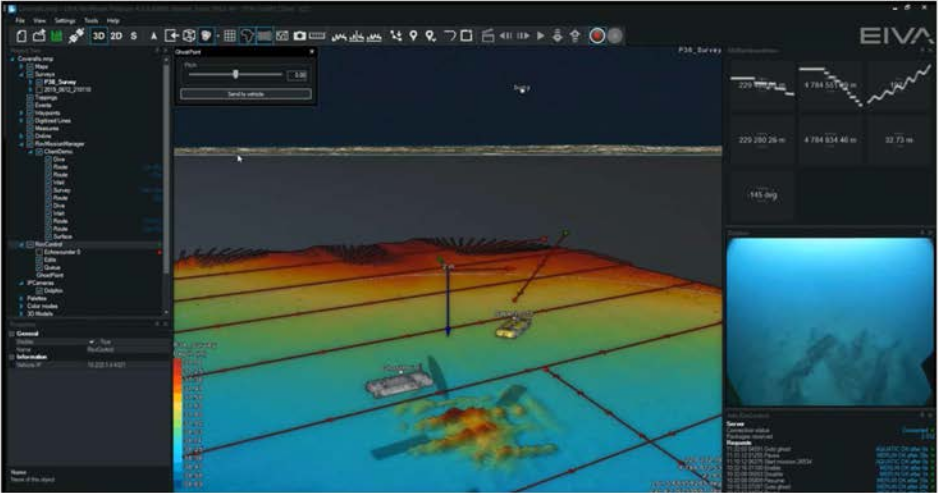Supervised Multi-Agent Autonomy for Cost-Effective Subsea Operations
Jack Vincent, Stephane Vannuffelen, Sepand Ossia, Andrew Speck, Gavin Strunk, Arnaud Croux, Arnaud Jarrot, Gloria Choi, Timothy P Osedach, Andriy Gelman, Sebastien Grall, Guillaume Eudeline
May 2020

Abstract
Service providers for subsea inspection, maintenance, and repair (IMR) generally utilize remotely operated vehicles (ROVs), tethered to a surface vessel and piloted in real-time, to evaluate and manipulate underwater infrastructure. The cost of these operations can be considerable, mostly due to the need to deploy a large surface vessel and crew to support the IMR campaign. Recent progress in marine autonomy, acoustic communication, and artificial intelligence, however, enables new approaches to subsea IMR that could substantially reduce the need for an on-site support vessel and, consequently, the overall cost of these activities. This work describes a novel multi-agent autonomous system comprising an autonomous underwater vehicle (AUV) and unmanned surface vessel (USV). We describe a unique AUV configuration that incorporates a custom high-bandwidth acoustic communication system capable of video transmission to the surface. A state-of-the-art proprietary USV was configured to act as a communication gateway for the AUV, enabling remote mission management from a nearby support vessel. We describe the results of a field test campaign in which real-time video transmission from the AUV was demonstrated at a depth of approximately 900 m. We also describe results from a shallow water test in which the AUV’s profiling sonar and integrated lidar system were used to generate 3D maps of a wreck of a World War 2 fighter plane.
